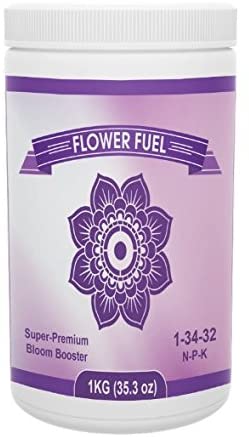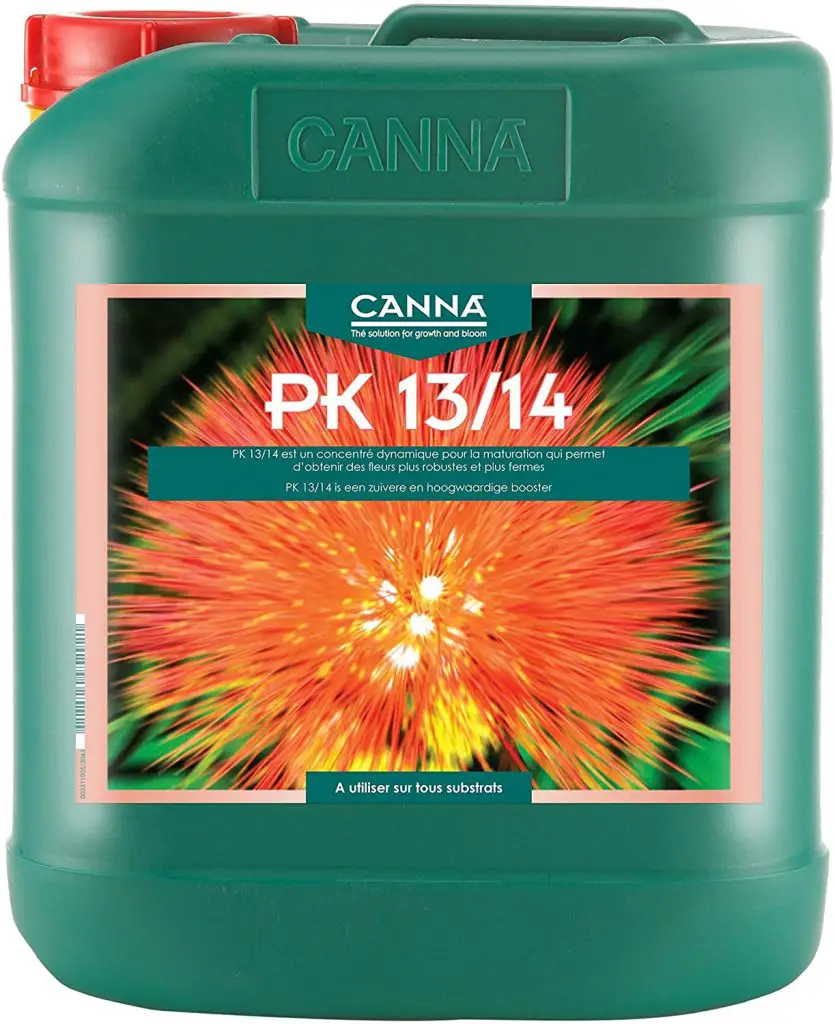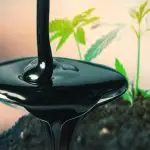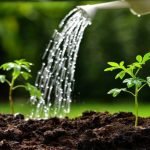When Does Flowering Start Outdoor
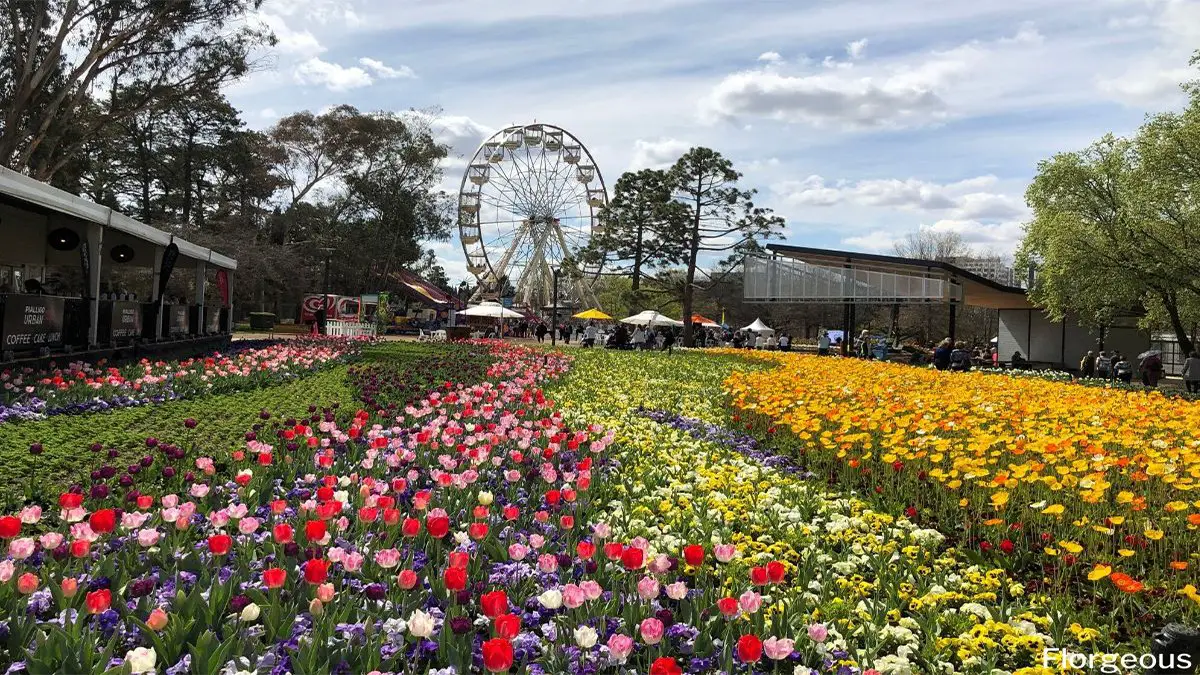
Planting outdoors is not only about sowing the seeds and getting fruits overnight. There are things you need to keep your eyes on. And, knowing when the plants begin their flowering stage is one of the important things.
In this case, you need to know when flowering starts outdoors. If you’re a novice and know nothing about this topic, that’s completely okay, you’ll be a one-trick pony on this topic once you read the whole article.
So, let’s get started.
What is Flowering Time?
It’s a bit confusing what exactly the flowering stage does mean. For example, most of the plants are known for 8 weeks of the flowering stage, but what does this mean?

You may get puzzled thinking, does it mean to the time your plants take to get ready for the flowering stage? Or, does it indicate the time you spend in their flowering stage?
Well, the answer is, flowering time is the certain amount of time your plants spend in their flowering stage. It begins right when you will switch the lights to a 12/12 schedule (for indoors), and it ends while you think the buds are quite ready to harvest.
Some cultivators start to count flowering time from when flowers start forming, but that’s not what it is. If you do the same, the real flowering time might become 2 or 3 weeks longer.
When does flowering start outdoors?
To understand things properly, you need to know some basics about the flowering stage. There are three phases of a plant’s flowering stage. Such as:
- Early flower
- Mid flower
- Ripening/late flower
The success of your gardening depends on whether you can use the right flowering additives at the exact time. Because this is crucial for the rhythm of your plant’s natural growth, consequently, for achieving outstanding results.
In this article, we will let you understand everything in detail. And, for this purpose, we will be using a fruit-bearing, photoperiodism sensitive plant that has a flowering cycle of 9 weeks. Let’s discuss all of it.
Early Flower (weeks 1 to 3)- The Transition Phase
So, the early flower or transition phase refers to the time when your plants jump from the vegetative phase to the production of fruits and flowers.
When your plants are getting a longer period of darkness (uninterrupted) from the light cycle, it means your plants have entered the flowering stage. In this time, plants tend to stop growing as well as invest their energy in the production of buds or flowers instead.

When it’s about outdoors, this process will normally take place while days become shorter at the end of summer.
However, you need to keep in mind that the cross over of your plants from the vegetative phase into flowering is not a matter of overnight. In general, the transition phase continues for around 2 weeks.
However, it depends on the species because sometimes, it lasts up to 3 weeks. This transition is called ‘the stretch’ according to the growing terms.
As we said, in this phase, the flowering begins to occur as well as the foliage growth also continues. Overall, the plants take some time and reprogram themselves into a mode of full flower.
If you ask what should be the feeding schedule for the transition phase, well, it’s the same as the vegetative stage’s last week (in case, you’re not using a flowering additive).
About a flowering additive, you should use it while the early transition phase begins. It will keep supporting your plant’s general growth.
Moreover, it supplies your plants with some additional nutrients that result in an uplift for the flowering sites.
From the additive nutrients, potassium helps the plants with fruit and flower formation. And, phosphorus assists with boosting the root system.
To sum up, if you can apply an early flowering additive, it will raise up the metabolic triggers production within your plants. Consequently, it can raise the flowering sites’ number from 50% to 70% which is extremely large, isn’t it?
To get more flowers, more flowering sites are needed. So, adding a flowering additive in this stage will work great.
Mid Flower (weeks 3 to 6)- Development and Size Gaining
At the beginning of the 4th week of flower (often in the 3rd), your plants will be in a full flower mode. At this point, you may find the formations of flowers small or unformed, but they should be visible.
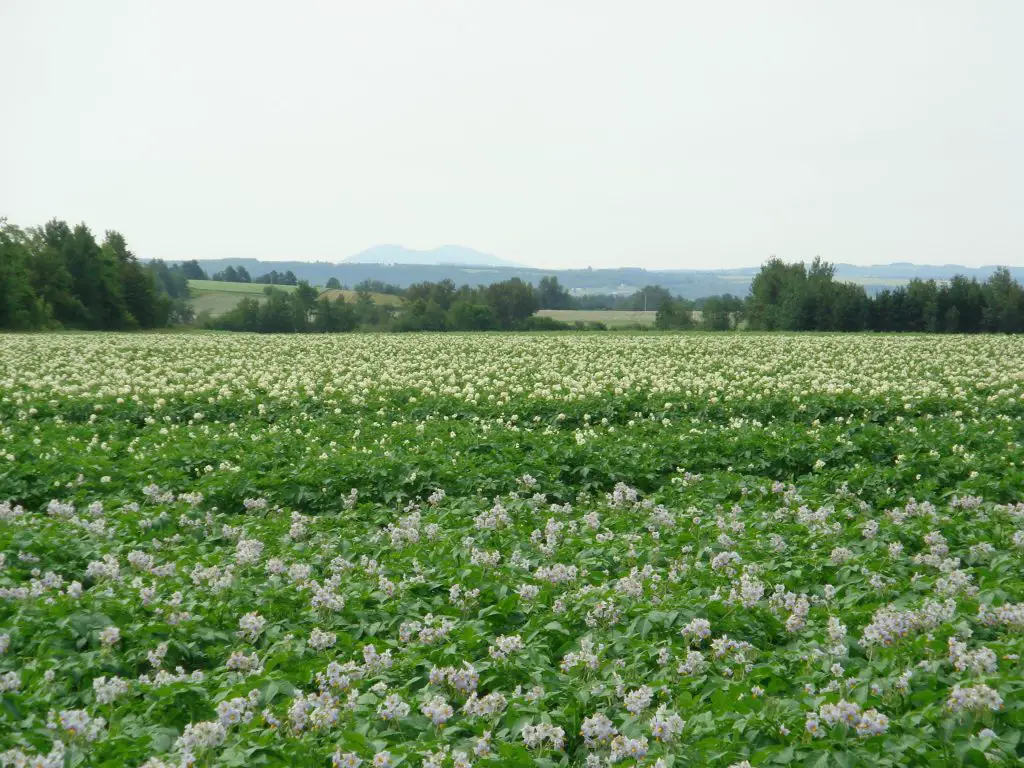
In between weeks 4 and 6, fruits and flowers will grow rapidly, developing in weight and size every day. This stage indicates a new period of the plants, also, a new list of nutritional demands.
For example, your plants need more potassium and phosphorus for flowering. And, you should increase the early flowering additive dose in this phase. Adding a PK13/14 additive to the basic flowering additives is a good idea.
What a PK13/14 does is, it signals the plants to stop all leaf, stem, and root growth as well as divert all the energy to the growth of fruits and flowers instead.
When the plants start developing fruits and flowers, the plants will need more potassium and phosphorus. Phosphorus is dedicated to enhancing your plants’ metabolism, making the flowers’ cell formation stronger, and transferring the energy.
On the other hand, potassium is crucial to carry on nutrition and water throughout the plant, develop the quality of your plants, and make them stronger.
Moreover, it regulates sugar production that is crucial for both terpene production and the development of flowers.
Hence, we suggest applying a PK13/14 additive 3 weeks before you harvest. However, it depends on the plant you’re growing, sometimes, the ideal time to apply this additive is somewhere between 4th and 6ht weeks.
If you ask how often you should apply a PK13/14 additive, well, it’s anywhere between 3 and 6 days. Worth mentioning, an extended exposure to this additive may cause a lock-up of nutrient salts, which may become a reason for deficiencies of other nutrients.
Late Flower (weeks 6 to 9)- Ripening & Maturation
And, here is the final part of flowering. Once you find the fruits both ripen and mature, this is the time to harvest them. In this part, the fruit-bearing plants grow the most and gain the highest weight.
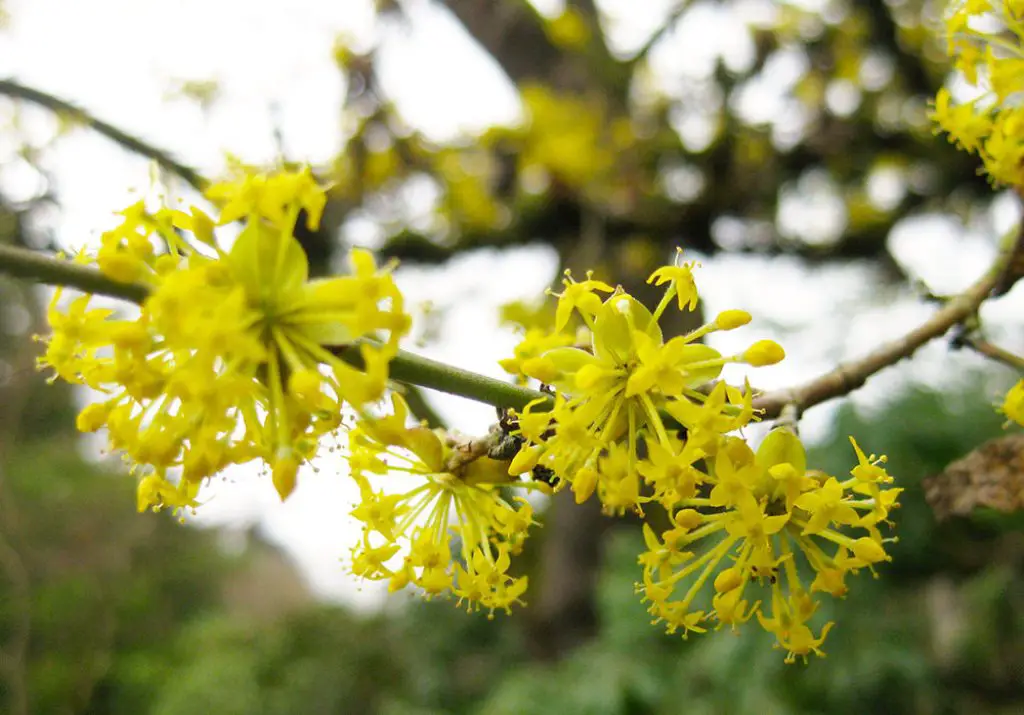
If you can apply the right flowering additives at the appropriate ratios, you’ll experience the more, heavier, and bigger fruits having increased flavors.
And, cultivators often supply their plants with extra potassium and phosphorus.
This extra potassium and phosphorus work like a finisher, weight gainer, and a ripener. Also, it triggers your plants to use any remaining nutrients.
Weight gainers and ripeners also come with a fair amount of magnesium, nitrogen, and a mixture of catalytic agents and hormones that develops the size, weight, and oil production in the fruits.
Month-by-Month Guidelines for Gardening
When it comes to gardening, timing is one of the most crucial points. You need to determine the perfect time for starting seeds and planting outdoors.
Therefore, whether you’ll end up experiencing a happy harvest or a heart-breaking one, it depends on the month-by-month guide you follow. To make your path easier, here’s a detailed guideline.
January
This is the preparation stage. You should create a map according to the outline of your beds in the first place. Also, it’s a good idea to sketch your arrangement for the upcoming season.
Think and choose seedlings wisely. You can ask for recommendations from experienced gardeners.
February
Once you’re done with managing or purchasing seeds, collect the right seed trays, growing mix, and peat pots. Collect some necessary tools including a scuffle hoe, a bypass pruner, a shovel, a garden spade & fork, a wheelbarrow, a trowel, and a dirt rake.
This month, it’s the ideal time to plant outdoor bare-root perennial vegetables (e.g rhubarb, asparagus, etc).
March
Use a pH test kit to get to know whether your garden soil is in the right pH range or not. Most of the plants love a bit acidic soil (6-6.8 pH). You can use an organic matter that increases or decreases the pH of soil.
Another move you should take is to check the temperature of your soil. Check if the temperature is at 40℉ or above by using a garden thermometer.
If it gets there, plant the seeds you stored for cold-seasons (onion, spinach, lettuce, and kale).
April
Look after the temperature regularly using the thermometer. When you find it constantly at or above 60℉, you are ready to plant any warm-season crops. Then, set out the early-season crops.
Make sure you water perfectly during the planting time. Once done, add a 2-3 inch coating of mulch to put down weeds as well as keep in moisture. For the green plants, sow seeds right where they’re going to grow.
May
Keep checking on the soil temperature. When you find them at 70℉ or above, your soil is ready for the heat-loving plants such as peppers and tomatoes. Carefully water and mulch to the newly-planted crops.
Meanwhile, check out your cool-season crops because they are ready for harvest.
June
Early in June, sow the crops of the warm-season that you’ve been planning to grow in place. After around one month of planting, use organic compost to side-dress your crops.
Also, it’s time to harvest herbs, beans, peas, etc. Try to harvest early in the morning or evening.
July
You can extend the season by a late harvesting of some cold-season crops (e.g carrots, cauliflowers, etc). Whenever you find the need, both cultivate and amend your soil using compost.
It’s a season to harvest, so, keep harvesting.
August
To keep the success and failure in your mind, it’s a good idea to make some notes about it. In case, you still have not planned for the fall harvest, you can start now. And, continue harvesting plants like herbs.
September
The weather is cool now, you can get your soil ready for the spring by digging and preparing newer beds. And, it is still the time for harvesting certain crops like green tomatoes, so, harvest.
October
Plant beets, cabbage, kale, cauliflowers, and other cold-season crops. And, it’s time for picking up potatoes, pumpkins, and several fall-crops such as cabbage and beets.
November
Decorate the seed catalogs for your plans for January. If rainfall isn’t enough, water your cool-season plants. Also, apply an organic fertilizer to your plants every 2 weeks.
December
In case, you have a winter garden, you still need to keep harvesting, watering, and weeding according to the needs. And, if you do not have a winter garden, enjoy the days!
Conclusion
Hopefully, you’ve got the answers to your question- when does flowering start outdoors? As we left no stone unturned, we assume that you’ve got what you were waiting for.
Keep in mind that the flowering stage is not as simple as it would first appear. Understand what your plants need and provide them with the essentials.
FAQs:
What month do outdoor plants start flowering?
Although it depends on the plant you’re growing, outdoor plants generally start flowering in the middle of August.
How long does pre-flowering last outdoors?
It also depends on the plant and environment you’re growing in. However, the pre-flowering stage lasts for up to 3 weeks.
Why are my outdoor plants flowering early?
There are two possible reasons why your outdoor plants flowering early- maybe you’ve placed the plants outdoors at the time when there was a dark period that was forcing the flowering or a dramatic change in the lighting.
How do you start outdoor flowering?
Keep your plants deprived of light for a minimum of 12 hours, it will let the flowering phase begin earlier.
Happy gardening!
Related Plant Tips:
- Tiny Black Bugs In Plant Soil
- Black Spots on Succulents- 7 Causes With Cures
- Mint Leaves Turning Brown: Reasons With Remedies
- Problems with Blue Lake Pole Beans
- Strawberry Plants Leaves Are Turning Brown
- Types of Worms in Potted Plants
- How to Use Azamax? – The Complete Guide
- Plant Leaves Turning Brown and Curling up
- Can Moldy Buds Be Saved

